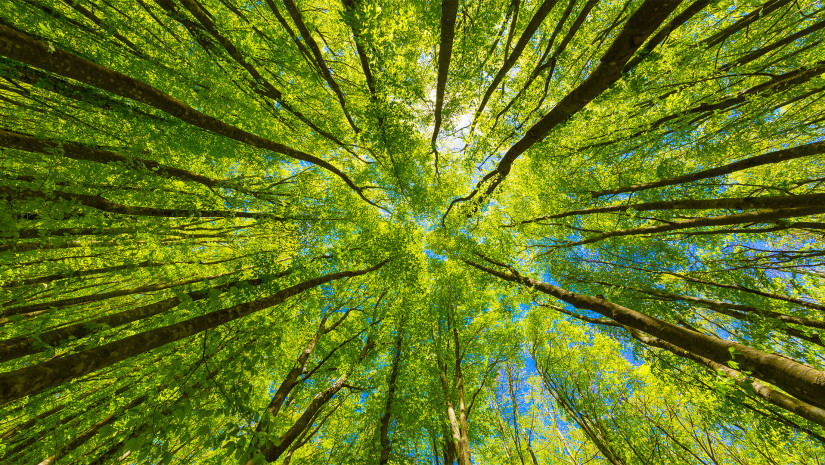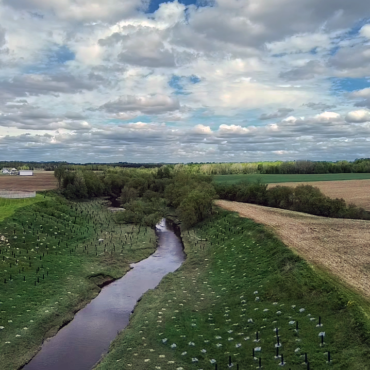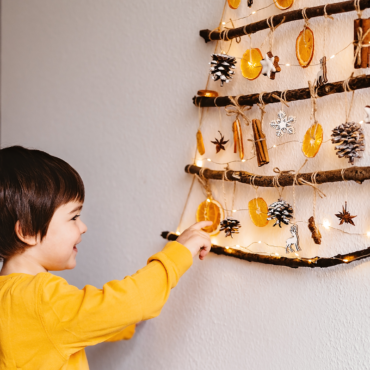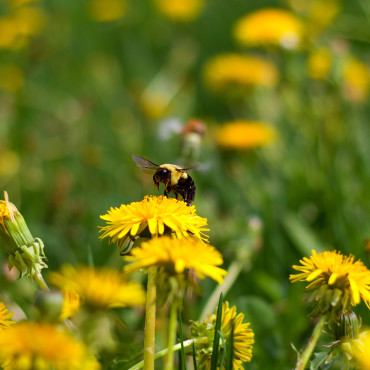Blog & News
Greening

You may not know it, but trees play a crucial role in the fight against climate change. In both city and country, trees provide us with a myriad of benefits, including air filtration, water purification, carbon sequestration and storage, stormwater runoff and urban heat island reduction (UHI), biodiversity preservation, all while creating a noticeable impact on the psychological well-being of us earthlings!
However, for trees and shrubs to be able to provide all these benefits, they have to remain healthy and well rooted for many years! Which makes it essential to identify and understand their tolerance to environmental stressors so that the right species can be selected for each planting site!
“Tomorrow’s Forest – Green Infrastructure” is a project that focuses on planting tens of thousands of trees in order to better document the impact that planting new growth can have on mitigation and adaptation to climate change.
Trees facing urban stress!
Urban areas can present great challenges for trees. Limited space, poor soil quality, pollution, de-icing salts, high temperatures and limited access to water and sunlight can greatly affect their health. And it doesn’t end there! Urban trees are also threatened by pests, disease and damage from human activities like construction. All of these stressors can weaken trees and make them more susceptible to a variety of environmental pressures… like say, an ice storm!

Lessons from the ice storm
In April, an ice storm swept through a large part of Quebec, and in the cities where thousands of branches and trees fell, there was a clear sign of damage! This is due, for example, to the presence of (too many) silver maples, a species that is very well adapted to urban conditions where the soil is very compact, yet has very little resistance to ice! Hence this storm was a great reminder for cities of the importance of diversity in our urban forests and the need to carefully select the species that are planted there. This increases the climate resilience of our areas, the well-being of our trees, and our own! I invite you to take a look at some of the species that inhabit our cities across Canada.

Silver Maple
Let’s kick off this short list with the native emblem of Quebec. Planted in large numbers in urban areas, it can tolerate pollution and compacted soil very well. But it has a low tolerance to de-icing salts and is sensitive to wind and ice because of its relatively fragile wood (also why it’s sometimes referred to as Soft Maple ). Squirrels feed on its buds when they can’t find anything else.
Ginkgo Biloba
Up next, we have a tree native to China, it would have otherwise disappeared from its natural environment, but fortunately it was introduced all over the world as an ornamental tree and we can see why. This species is well adapted to the city, as it’s resistant to urban pollution, insects and diseases, soil compaction and de-icing salts. So, it ticks every box, save one, that of odour. Female Gingkos’ fruits give off an unpleasant smell!
Honey Locust
Although it isn’t strictly speaking a native tree of Quebec, but rather of the central United States, the honey locust is very common in our urban spaces. A true natural parasol in summer, it’s tolerant to soil compaction and de-icing salts. A significant advantage is that it’s more resistant to storms thanks to a very heavy and durable wood. Many animals feed on its pods with its sweet pulp.
Red Oak
This is one of our very own, and also well adapted to urban conditions. Despite being sensitive to frost, it has a high tolerance to soil compaction, de-icing salts, diseases and insects. Its rapid growth and the high quality wood make it a choice resource for creating flooring and furniture. Many birds and animals feed on its acorns.
Japanese Lilac
Going back to Asia, and more precisely to the East of Asia, we find the Japanese Lilac. Very popular with municipalities for the beauty of its white or purple flowers, this one is happy when planted in full sun or light shade. Not intimidated by de-icing salt, but over-compaction of the soil can be detrimental to its health. Regarding diseases and insects, nothing to report, it’s a brave soul.

Blue Spruce/Colorado Spruce
Last but not least, let’s finish off with another species native to the neighbouring Rockies and widely adopted in our country! Highly valued for its windproof effect and for the shade it can provide for up to 600+ years. It’s well suited for urban conditions and has a high tolerance to pollution and de-icing salts. It’s weaknesses? Some sensitivity to soil compaction, insects and diseases!
Want to learn more about the species planted in your area? Do a little web search or check out one of the following links:

Tree planting, Project Manager
Maribel Carol Aristizabal
Maribel believes that a transition to a more environmentally friendly and sustainable society is possible. She is interested in trees, their importance in ecosystems and the benefits they can bring to our society. In her free time, she loves to read a good book in the sun, discover new places with her camera or take a walk in the forest.
View all posts...Related posts :
Contact us
Earth Day Canada
5818, boulevard Saint-Laurent
Montréal (Québec) H2T 1T3 Canada
Phone : (514) 728-0116
Toll free : 1 800 424-8758
Fax : (514) 303-0248
Email: hello@earthday.ca
2025 © Earth Day Canada. All rights reserved.
Privacy policy · Terms of use · Trademark









